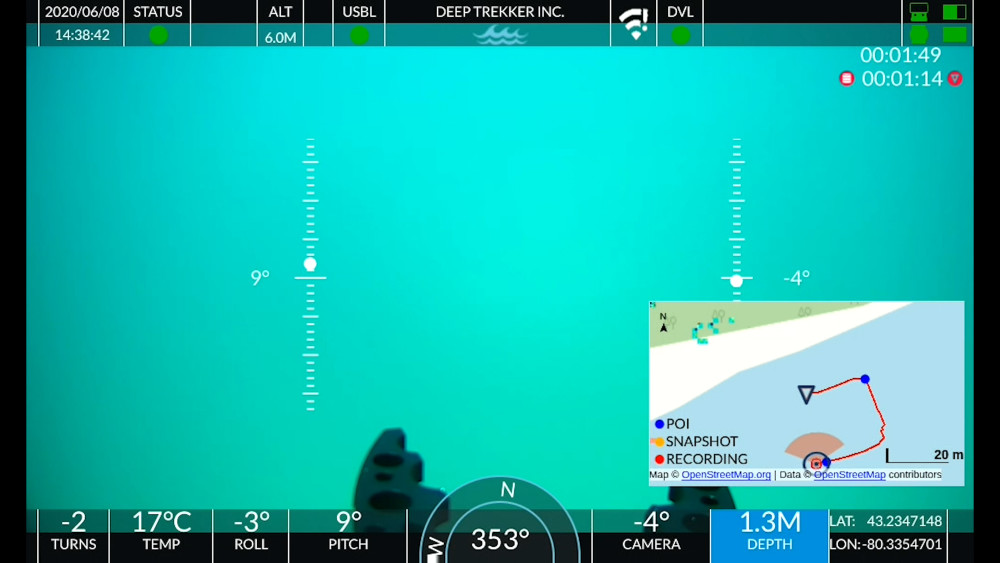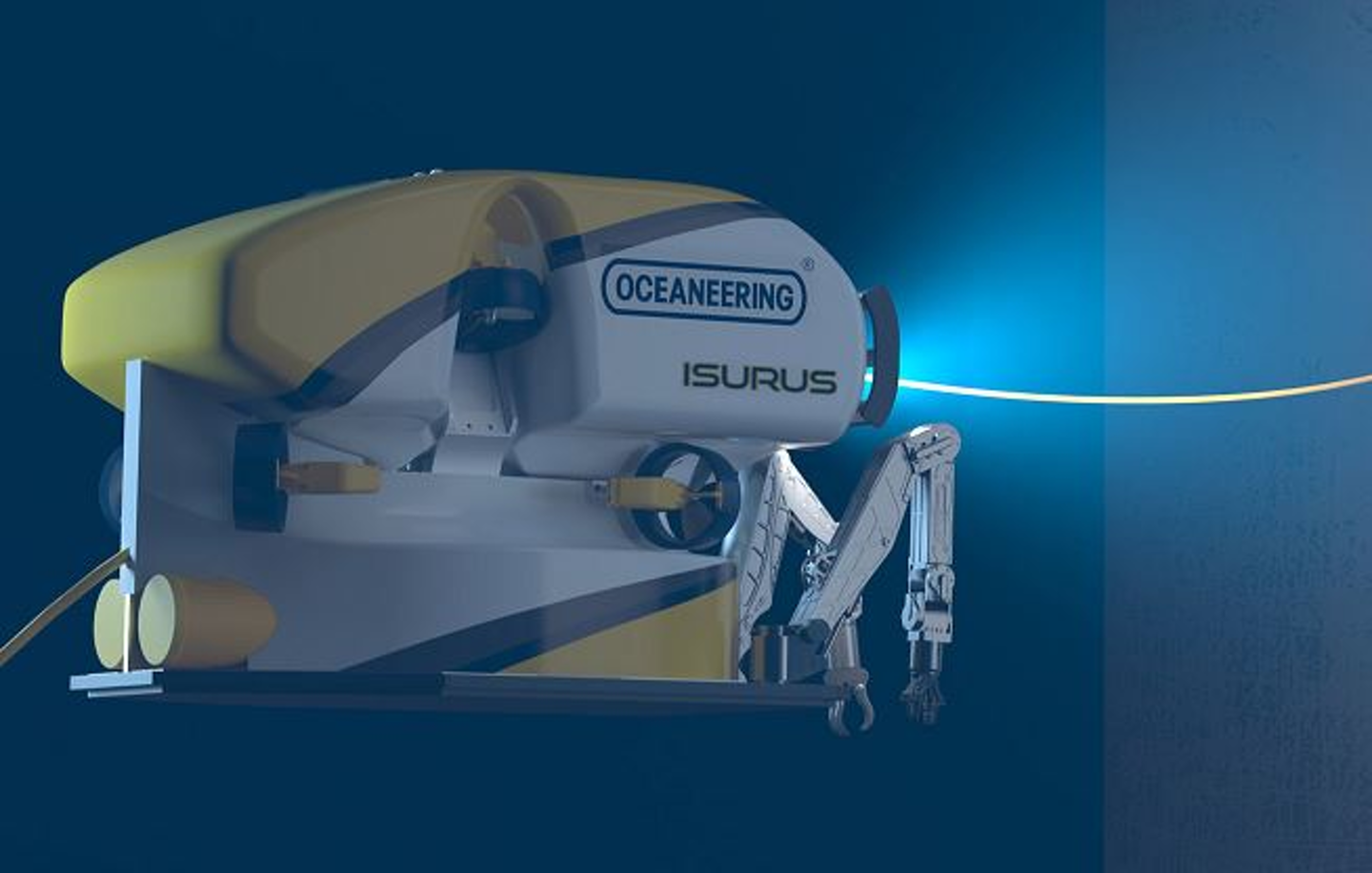Home › Forums › ROV › Self/Home Build ROV Discussions › Pressure compensation of a stepper motor
- This topic has 5 replies, 3 voices, and was last updated 11 years, 12 months ago by
Savante.
-
AuthorPosts
-
May 23, 2012 at 6:52 pm #5149
Benjamin Peled
ParticipantHi there!
I am new in this Forum and hope that this is the right discussion area for my question. I am working on a project for a underwater tool that will use stepper motors that will be pressure compensated and oil filled. I know that this technique has been used in ROV thrusters and therefore ask for your help
in designing the construction. I am doing simultaneously a research on this matter to my university. I found it extremely hard to find any scientific articles, books etc. on this topic. So, if you have any suggestions for references I’d be glad to know about them.Some specs:
Operating depth 300m
shaft diameter (adapter) 15mm
rotating speed 0-200rpm (on different case might go up to 1000rpm)Questions:
1) What kind of seal do you recommend? The flange in which the groove(s) for the sealing is 10mm thick and will most likely to made of
aluminium (5083)2) The shaft will be covered with adapter made of AISI 316L steel.
Can you recommend surface roughness values, tolerances etc.?3) What kind of oil to use? Is paraffin oil adequate?
Thank you in advance!
May 24, 2012 at 7:41 am #32603Martin Wareham
ParticipantMay 24, 2012 at 7:43 am #32604Savante
ParticipantHi Ben,
If you don’t need a great deal of torque, might I suggest that you go for a seal-less design and use something like magnetic coupling between two non-contacting shafts through a solid wall instead. I think a company called Sub-Atlantic does this with one of their DC ROV thrusters but I’ve never had one apart………yet….
http://www.f-e-t.com/our_products_technologies/subsea-solutions/rovs-observation/
If you are doing some research and want to take a total tangent, perhaps you could do a theoretical study of the magnetic flux patterns through the wall and look towards optimising the same – see if there is a particular geometric arrangement of magnetic dipoles which provides maximum torque ?
Best Regards,
Grant
P.S always interested in reading new research, so if you do have the time, please onpass to grant.thomson@savante.co.uk, be very pleased to read it.
May 24, 2012 at 7:44 am #32605Savante
Participanthttp://www.homebuiltrovs.com/rovforum/viewtopic.php?f=3&t=541
Nice one martin – hadn’t seen your site in ages – tis growing !!
Link above specifics to magnetic couplings…
May 24, 2012 at 8:14 am #32606Martin Wareham
ParticipantHi Savante,
It’s not my website but it is very good for hobby priced ROV ideas.
I work for Sub-Atlantic, I’m the engineering manager here, and I look after R&D for here and Perry Slingsby, as we’re now part of Forum Subsea Technologies, which is in turn part of Forum Energy Technologies, now trading on the New York Stock Exchange (ticker FET).
We don’t do any magnetically coupled thrusters, although I think Sea-Eye do …….
We use shaft seals on our thrusters but we also have something called stator shield (which is patented) where the rotor of the motor is completely encapsulated and enclosed with respect to the stator and drive electronics.
Martin
May 24, 2012 at 9:41 am #32607Savante
Participantaaah…… the stator shield thing was what I thought was a mag coupling. My mistake.
-
AuthorPosts
- You must be logged in to reply to this topic.



